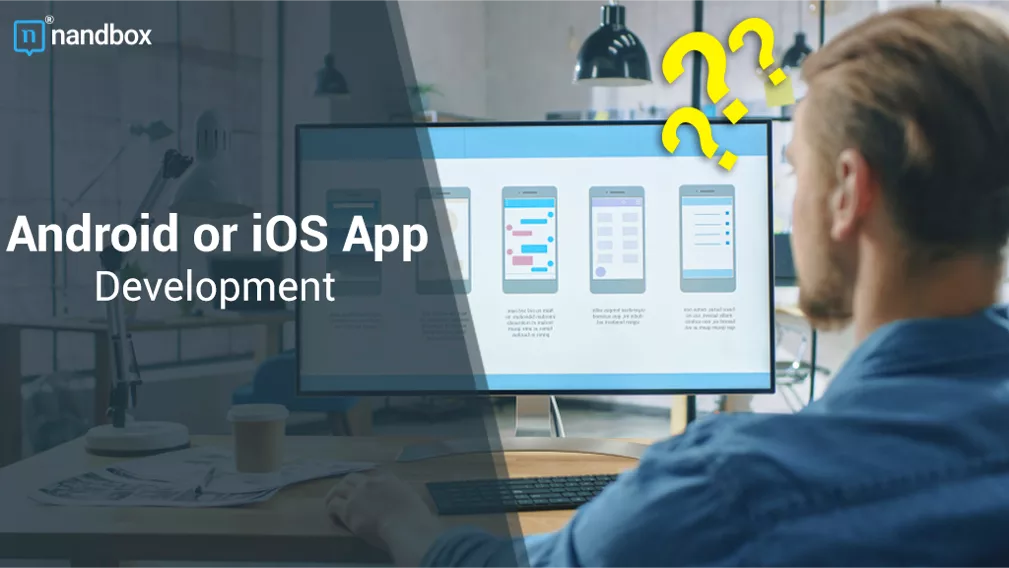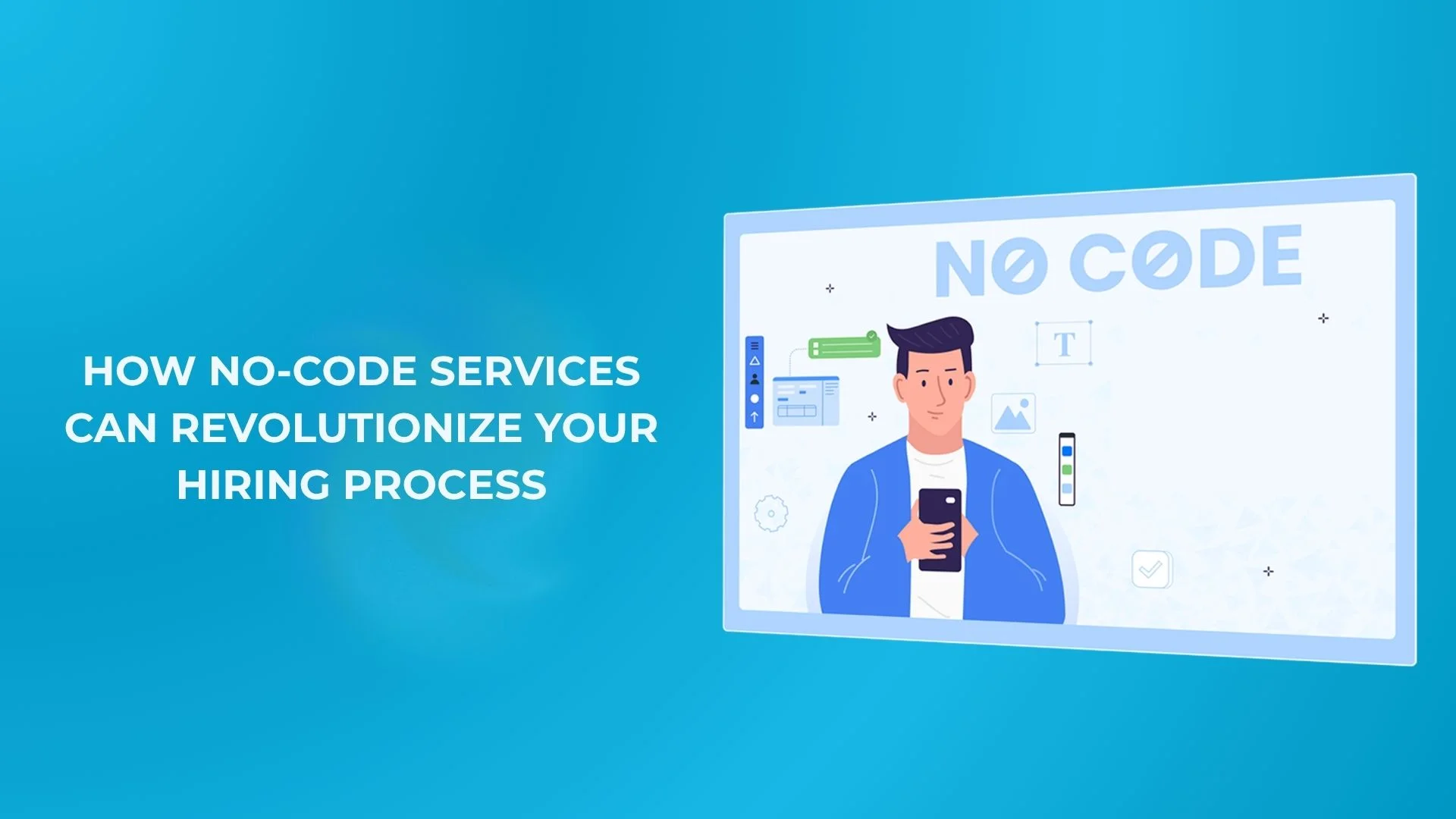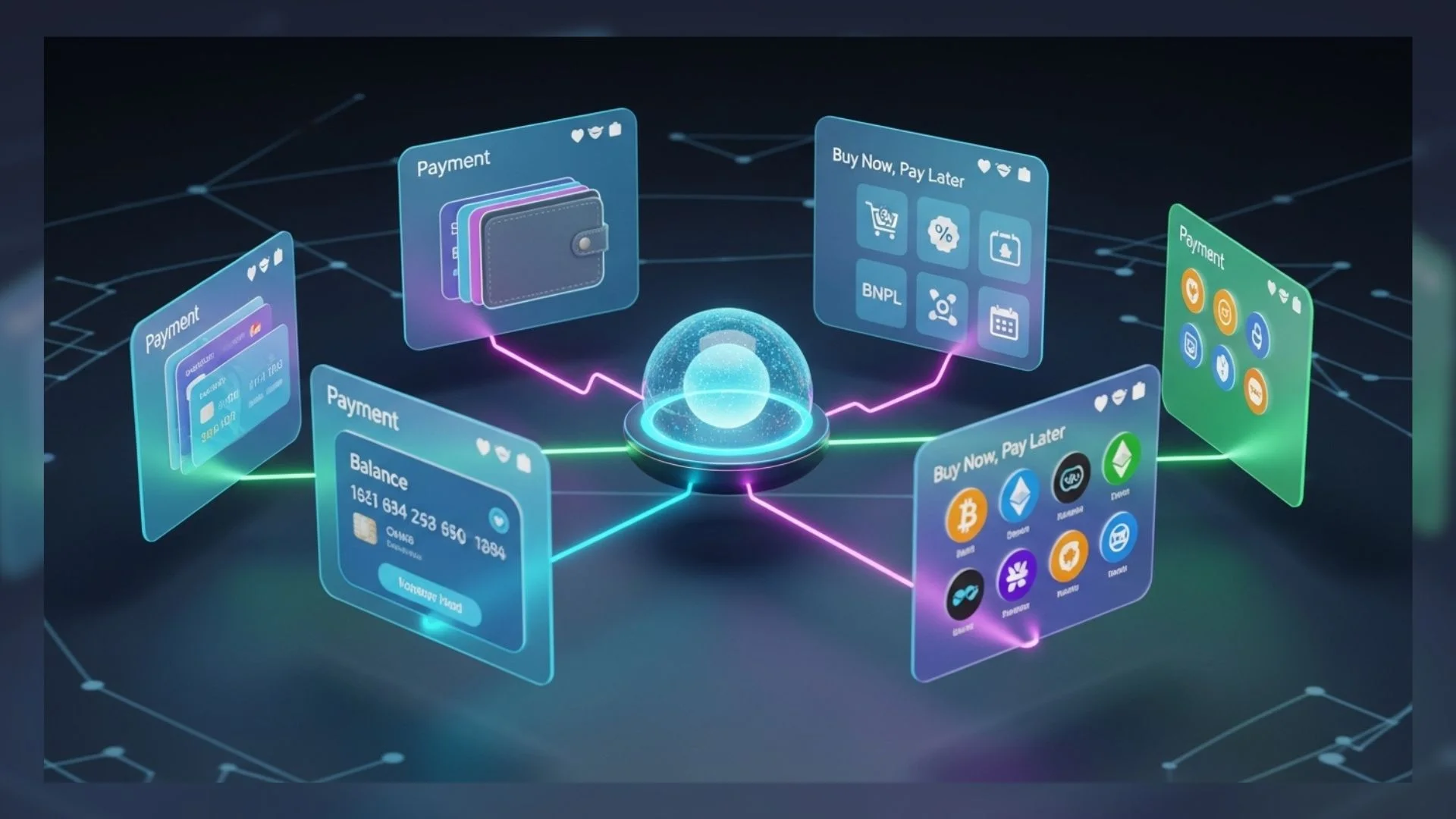Creating a mobile app for your business increases brand awareness and attracts more clients and customers. The process isn’t easy, as there are many choices to make before you start the development phase. One important choice is the platform on which the app will run. Each of the two most known operating systems, Android and iOS, has pros and cons. While Android seems an obvious choice because it has a bigger audience, exposure isn’t the only deciding factor. In this article, we will compare Android app development vs. iOS app development, then give another option to consider.
Which Costs More?
The platform where the app will run is just one of the factors affecting cost. Other factors include app complexity level, app type and category, design, and app maintenance. Not to mention that you have plenty of options when hiring a team to build the app. When comparing the cost of building on either platform, we’ve come to find that an Android app costs more to develop than an iOS app. That boils down to the Android app taking more development time than the iOS app. In the next section, we will discuss why Android apps are slower to develop.
While an Android app costs more to develop, it’s cheaper to publish with a one-time fee of $25. On the other hand, publishing an iOS app costs an annual subscription of $99.
Android Apps Take More Time: But Why?
The first reason is that Android apps are programmed using Java language, which takes more code to write. Like any other language, the more you write, the more errors you make. So, it takes more time to write code for an Android app and ensure it doesn’t have bugs or errors.
Secondly, testing an Android app takes more time than its counterpart, as Android developers use emulators for testing, which are slower in comparison to simulators that iOS developers use.
As widely known, there are many Android vendors but only one iOS vendor. Testing different vendors can result in finding more specific bugs that need fixing. Screen sizes also come into play, the Apple devices have a standard screen size, while Android devices’ screens differ between vendors. That is to say, developers invest more time in case-by-case programming and interface design to ensure the app is compatible and functional across devices.
Which Has a Bigger Market Share?
Android and iOS apps cater to different markets predominantly; iOS is more prevalent in the US, the UK, and Japan, while Android has a more welcoming audience in Africa, Asia, Latin America, and some parts of Europe. Knowing the target audience can be the determining factor.
As mentioned above, Android has a higher global reach. At 70.96%, it has a much higher market share, according to statistics, in comparison to iOS, at 28.43%. It’s worth mentioning that iOS has a markedly larger market, though. In 2021, iOS generated 63% of the total app revenue, seeing that iOS users are more likely to buy in-app purchases while Android users are inclined towards free apps.
Which Has More Customization Options?
Compared to Android, iOS is more limited when it comes to customization. Seeing that some users prefer the sleek and familiar interface of iOS apps, this can be both a pro and a con. For developers, it leaves less room for branding and creating a unique user experience.
Which Is More Secure?
Apple’s iOS doesn’t give its source code to developers, making it a closed-source operating system, unlike Android. Because of that, Android devices are more vulnerable to cyberattacks because users can modify the operating system and find loopholes.
The nandbox App Builder Provides a Solution!
With the no-code nandbox app builder, You can create an Android and an iOS app simultaneously. So, you don’t have to choose between Android app development and iOS app installs development. The process is the same until it’s time to publish the application. You can personalize your app, add features, and configure settings for both versions at the same time. Clicking on the switch button under the preview screen changes the view from the Android to the iOS version.
The nandbox app builder allows the creation of a native app. In the case of app development using code, a native app costs hundreds of thousands of dollars, but with the nandbox app builder, you only pay a monthly or annual subscription. A native app is made specifically for a platform, meaning it offers a mobile app that performs and functions at its full potential.
Like time, the development cost difference isn’t an issue. Once you subscribe to one of the pricing plans, you can build apps for both platforms without an extra charge. The three plans make the nandbox app builder fit for businesses of every size and type. Finally, when your app is ready for release, you can use the store verification feature and publish your app for free for the first time.
With the nandbox app builder, your app is ready in minutes for you to submit to both Google Play Store and the App Store. Give it a shot now!




